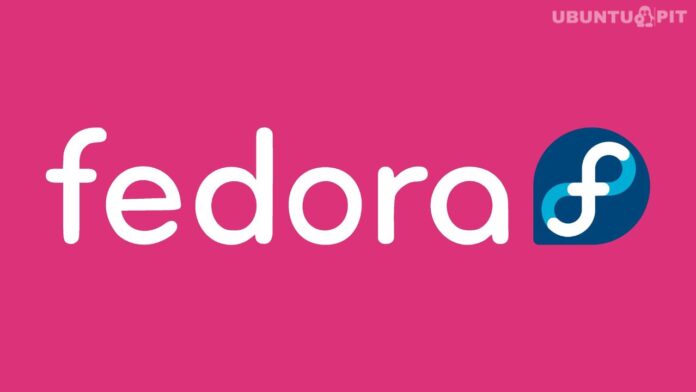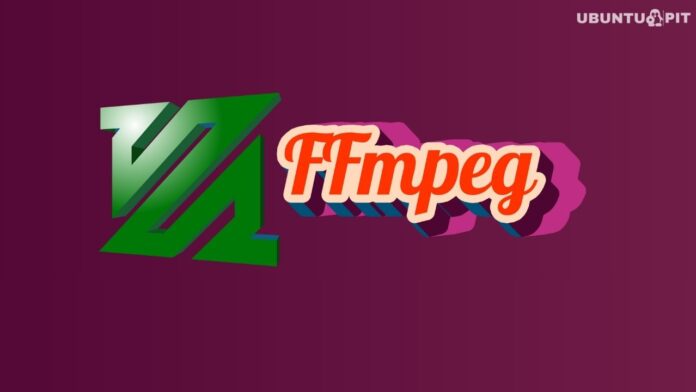Fedora Linux 43 is now available, marking one of the project’s most comprehensive overhauls in recent years. The release focuses on a unified Wayland desktop, enhanced system security, and upgraded developer tooling. Fedora’s new foundation completes the move to DNF5 and RPM 6.0, bringing faster performance, stronger cryptography, and more flexible image building across desktop and server environments.
Installation and System Upgrades
Fedora 43 introduces the Anaconda WebUI, now default across all Spins and the KDE Edition. This browser-based interface simplifies installation while aligning Fedora’s visual installer experience. The release drops MBR partitioning under UEFI, requiring GPT for new setups but preserving upgrade compatibility for existing systems.
The installer now runs on DNF5, fully retiring modular repositories following Fedora’s modularity deprecation. The default /boot partition expands to 2 GiB, reflecting modern kernel and initrd growth. For immutable systems, Fedora Kinoite gains automatic updates both for the OS and Flatpaks, applied seamlessly after reboot.
Core Infrastructure and Packaging
The upgrade to RPM 6.0 introduces multiple package signatures, post-quantum OpenPGP v6 key support, and Sequoia-sq signing. These changes harden Fedora’s package ecosystem against emerging cryptographic threats while reducing initrd sizes and improving boot times.
The distribution also switches initrd compression from xz to Zstandard (zstd), resulting in faster decompression and improved system startup. In parallel, Fedora CoreOS adopts full OCI-based delivery, ending OSTree updates and enabling reproducible image builds directly from Containerfiles. Deprecated tooling such as YASM has been replaced with NASM, and GnuPG2 now ships as modular components for more granular package management.
Desktop and User Experience
Fedora 43 finalizes the transition to a Wayland-only GNOME environment. The X11 session has been removed, though XWayland ensures compatibility for legacy applications. Font management improves with defined default monospace fonts per language, resolving long-standing substitution issues.
Security also advances with Glycin-based sandboxed image loading, replacing legacy gdk-pixbuf loaders. This change eliminates several obsolete packages—including AVIF, HEIF, JXL, RSVG, and WebP loaders while adding the new glycin-thumbnailer utility. The Noto Color Emoji font now uses the scalable COLRv1 format, reducing file size and improving rendering clarity.
Virtualization, Storage, and Server Stack
Fedora 43 expands virtualization capabilities with Intel TDX support for confidential virtual machines, complementing AMD SEV-SNP on x86_64 systems. Storage reliability improves with Stratis 3.8.5, which adds a network-aware unit for NBDE-encrypted pools (stratis-fstab-setup-with-network@.service) and enhanced pool visibility.
The server stack updates key databases: PostgreSQL 18, MySQL 8.4, and 389 Directory Server now requires LMDB instead of BerkeleyDB, with migration via dsctl instanceName dblib bdb2mdb. Dovecot 2.4 introduces configuration changes after a seven-year development gap.
Developer Toolchain Enhancements
Fedora 43 refreshes nearly every major programming stack. Python 3.14 replaces 3.13, deprecating python-async-timeout and retiring python3-nose. Go 1.25 now builds with vendored dependencies by default using new Go Vendor Tools. LLVM 21 brings PGO-optimized performance, while the GNU toolchain updates to GCC 15.2, binutils 2.45, glibc 2.42, and GDB 16.3, with the Gold linker deprecated.
Web and application frameworks see major jumps: Ruby on Rails 8.0, Tomcat 10.1 (requiring Java 11+ and new jakarta.* namespaces), and Maven 4 all debut. Functional and systems programming updates include Haskell GHC 9.8, Stackage LTS 23, and the new Hare language for low-level development. Other notable updates include Perl 5.42, Idris 2, and TBB 2022.2.0.
Rust users see async-std deprecated in favor of smol, and Fedora removes legacy GTK Rust bindings. Debuginfod tools now verify binary integrity via IMA cryptographic checks, with configurable settings for unsigned Flatpak RPMs.
Fedora 43 is available for immediate installation or upgrade, offering a unified, secure, and developer-ready platform across desktops, servers, and containers.

